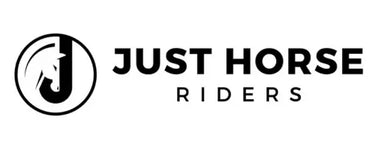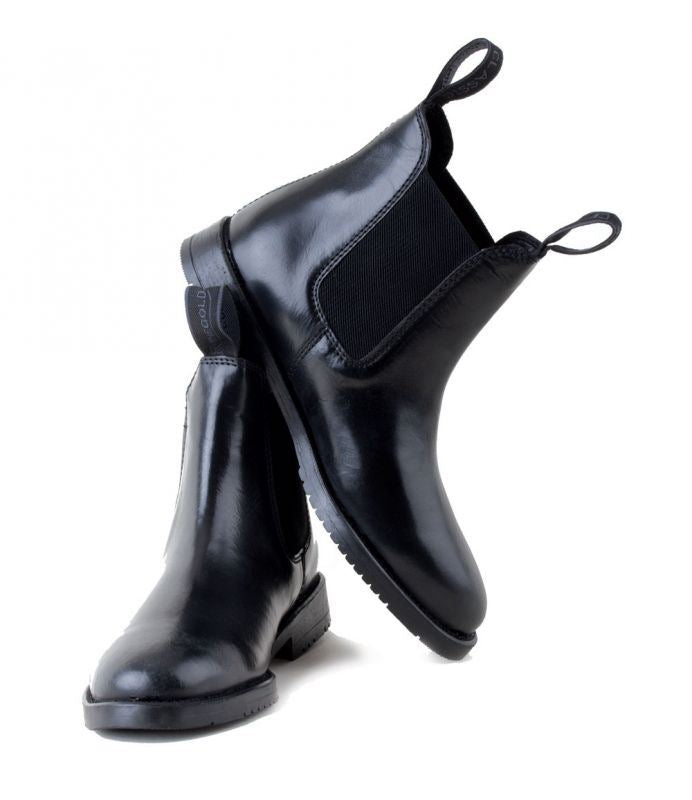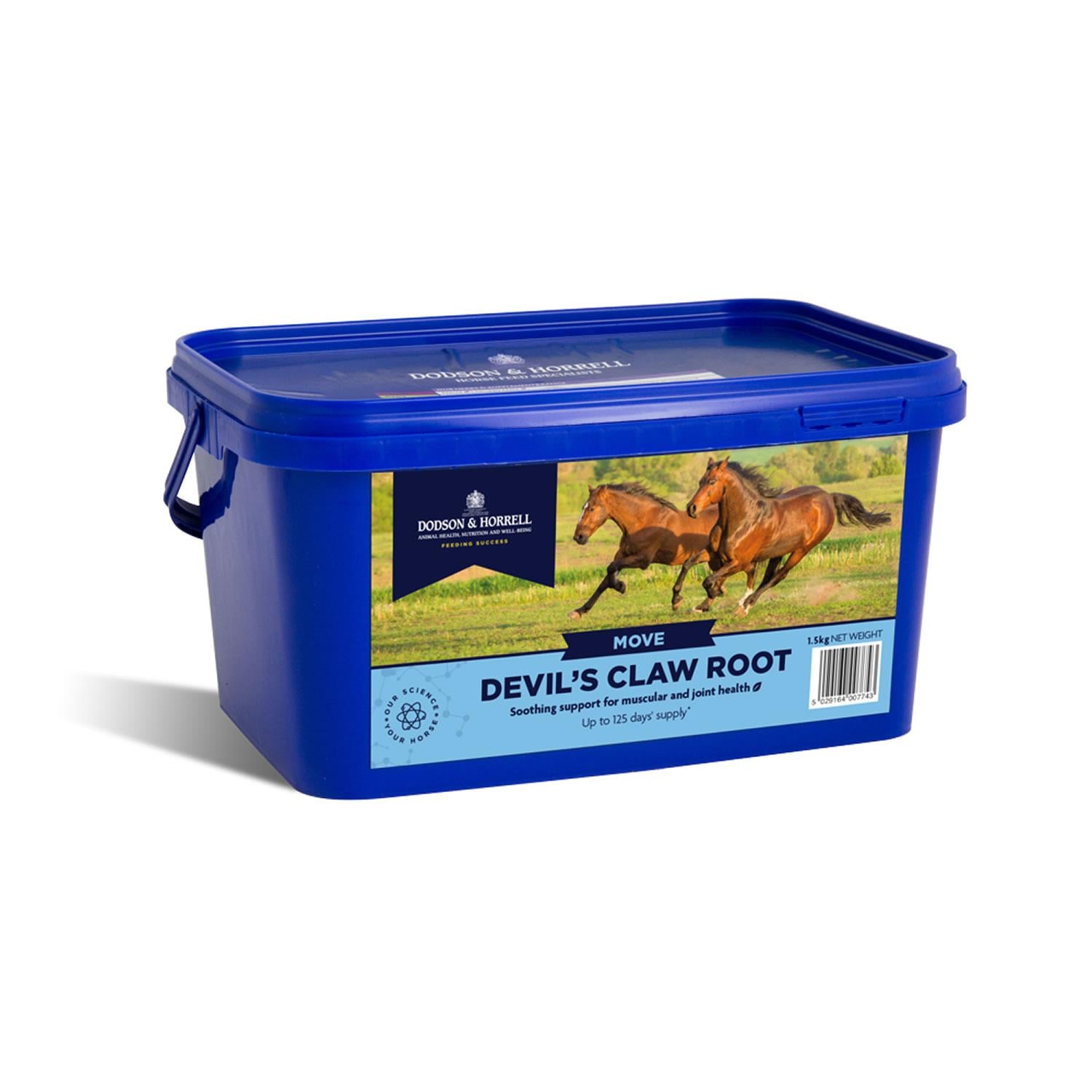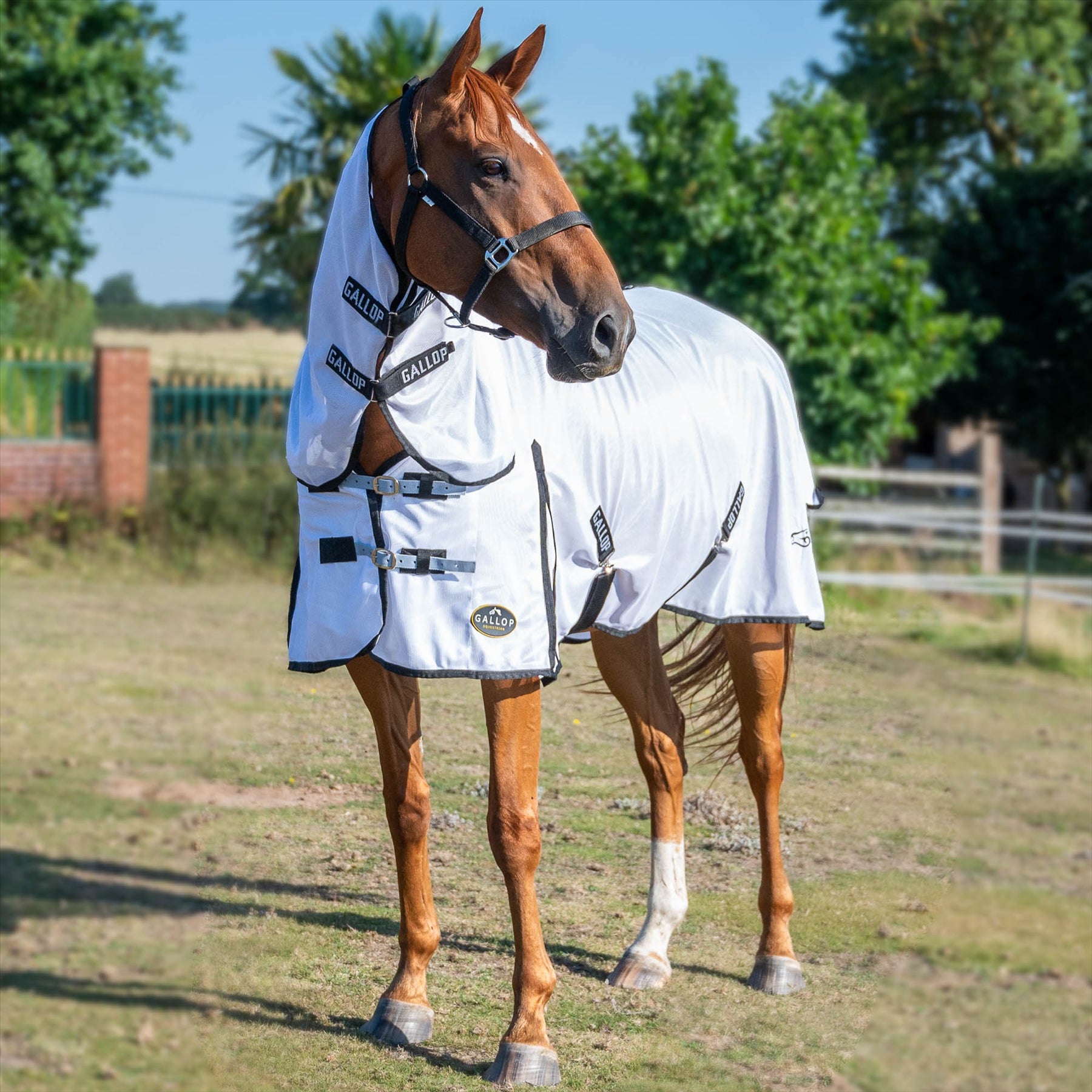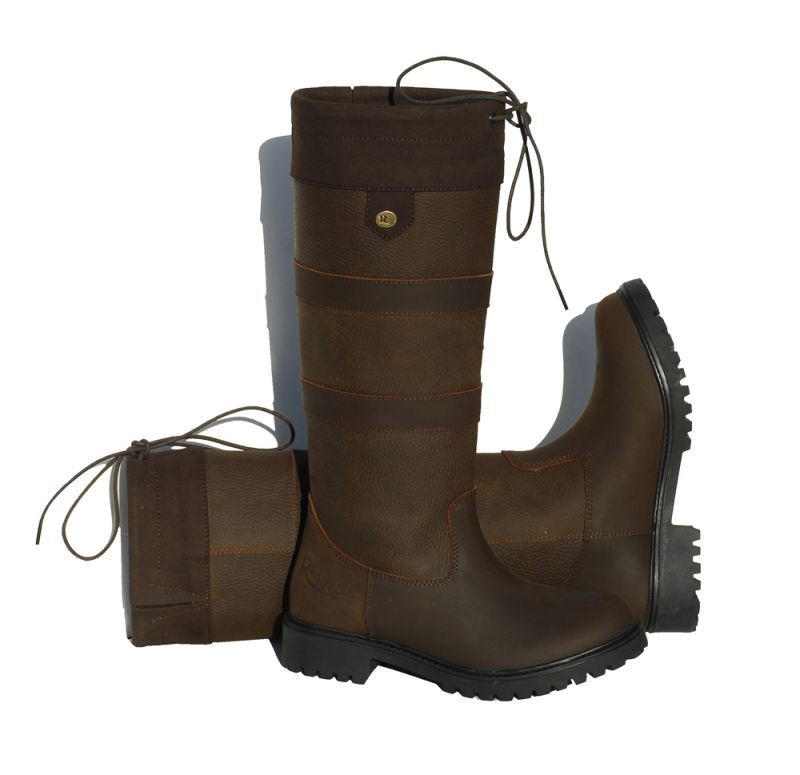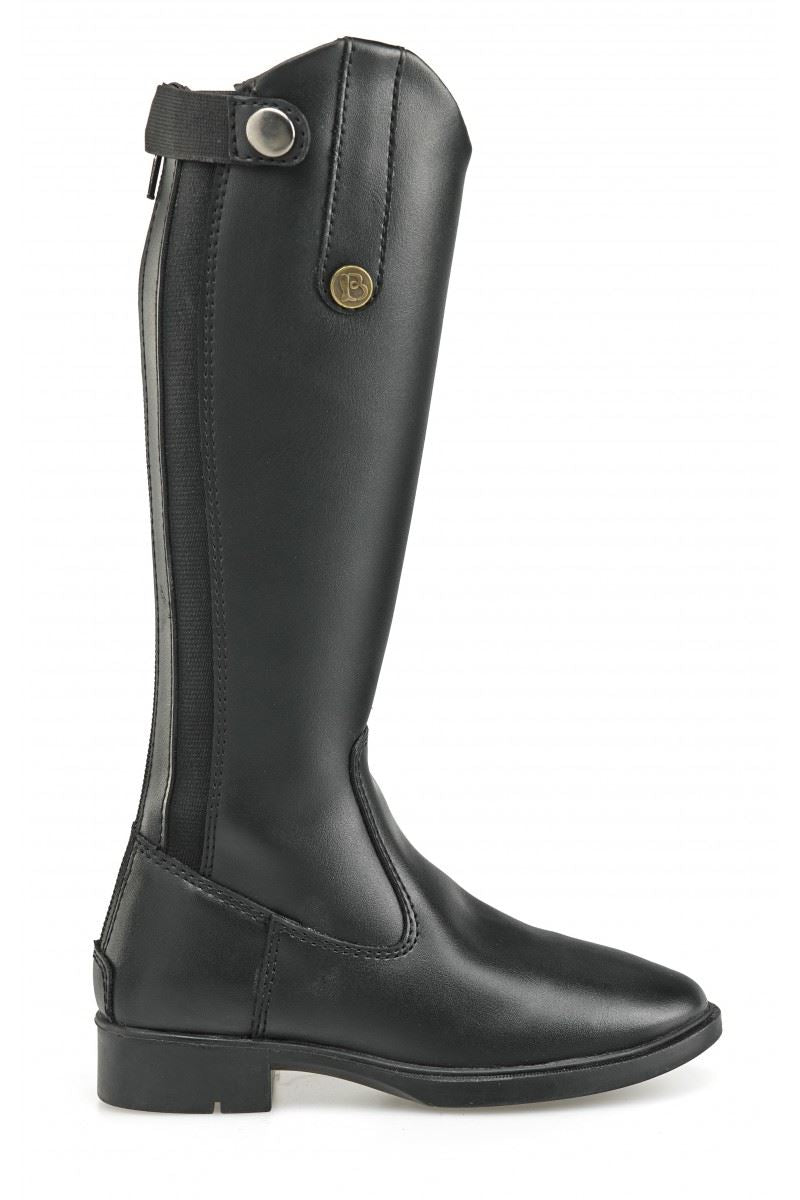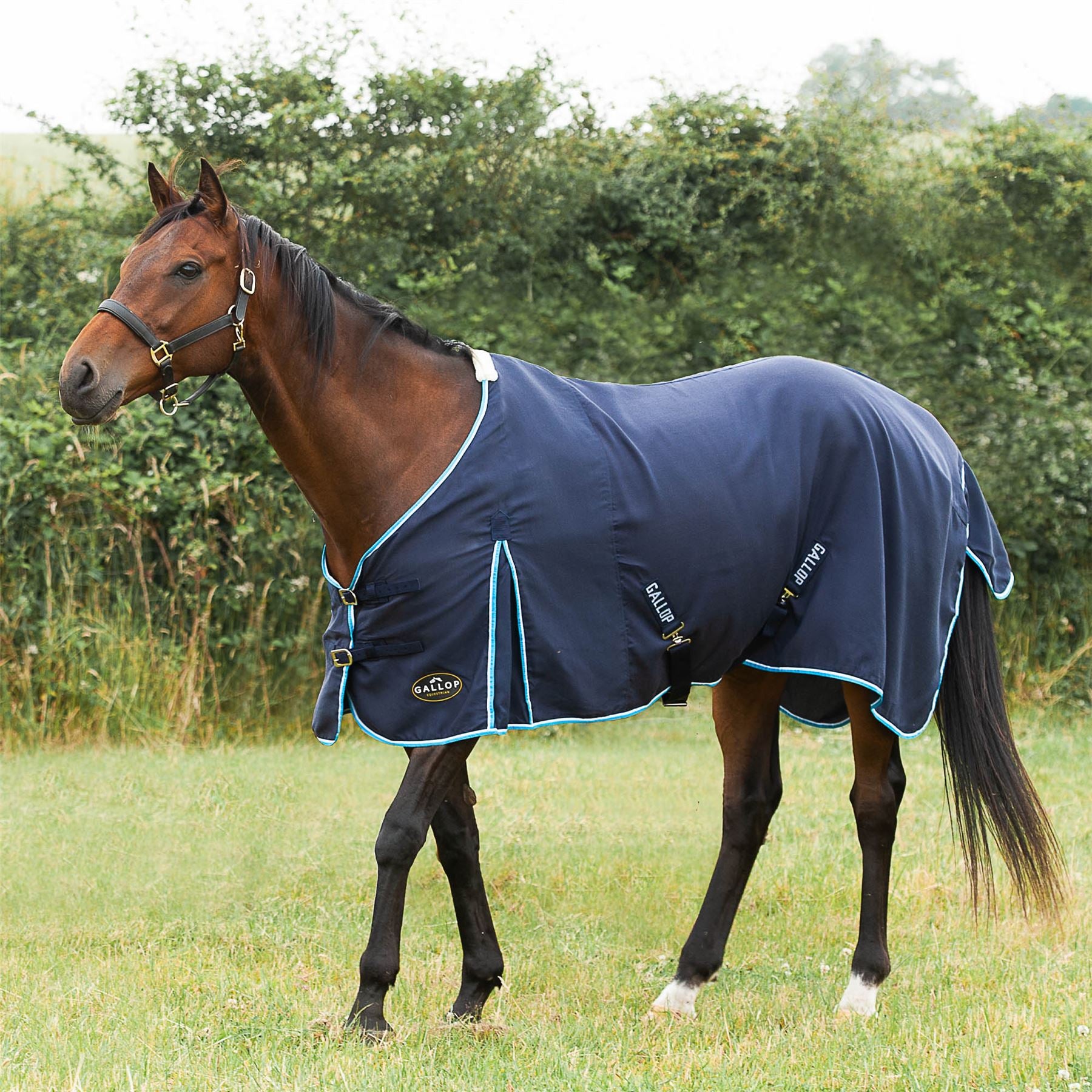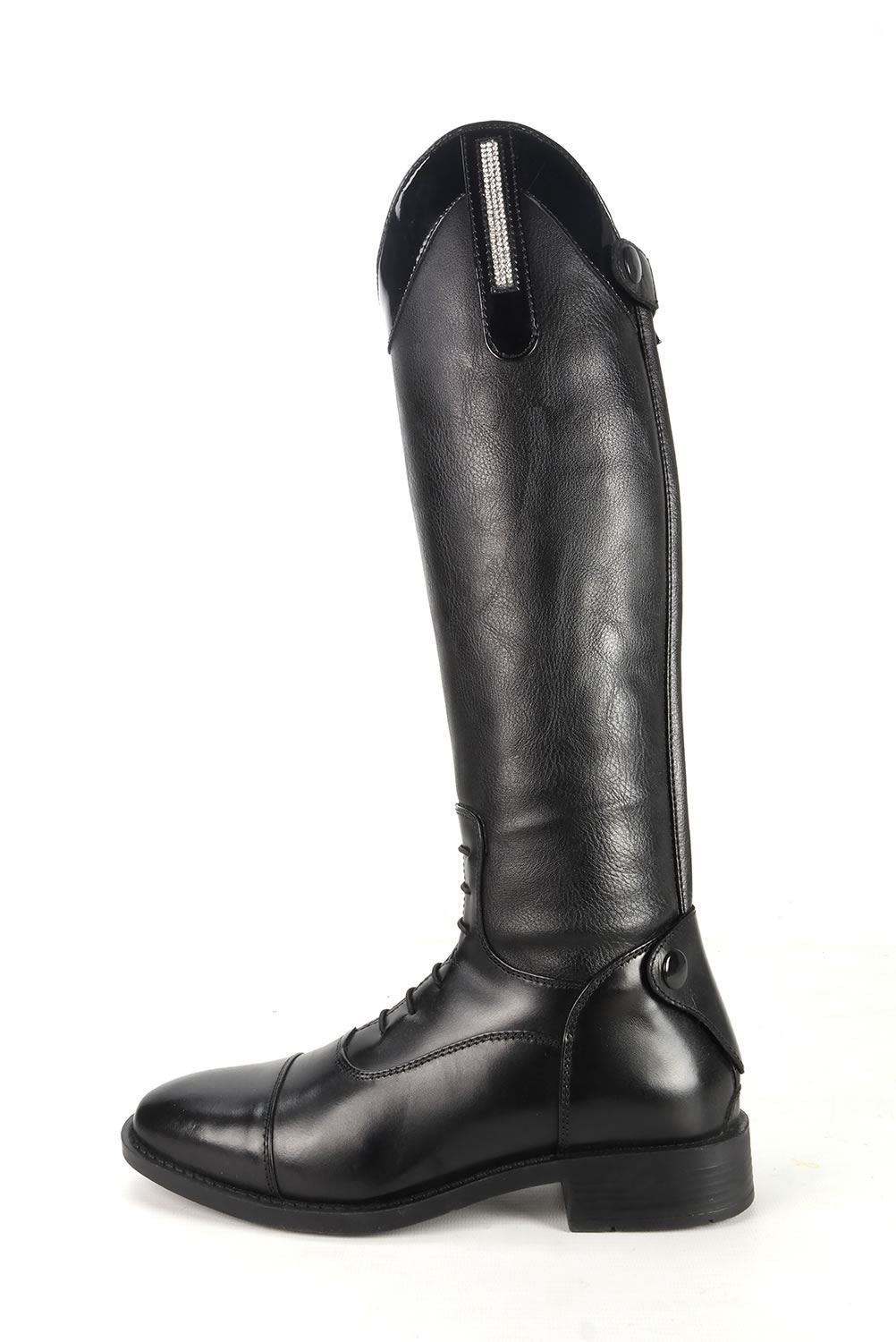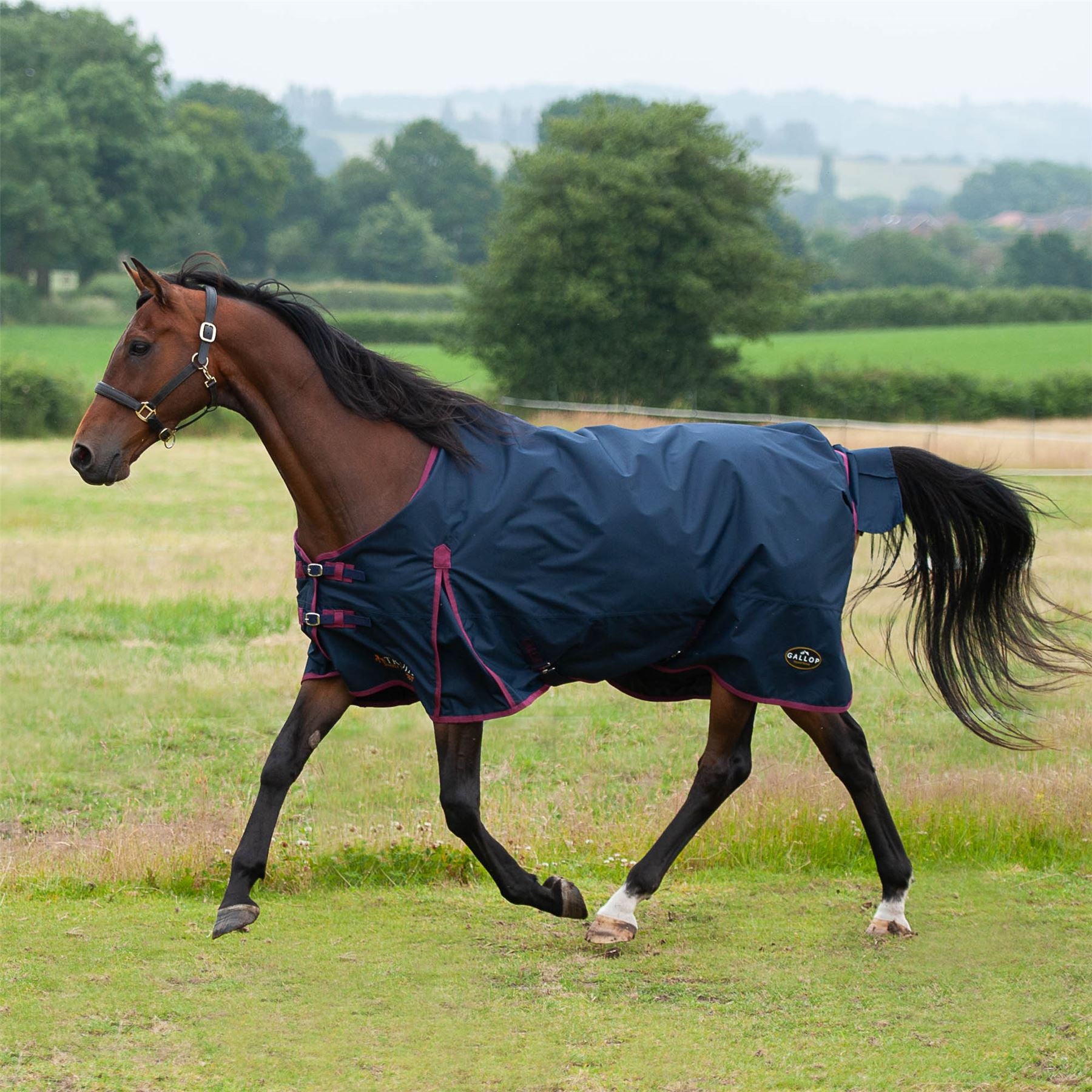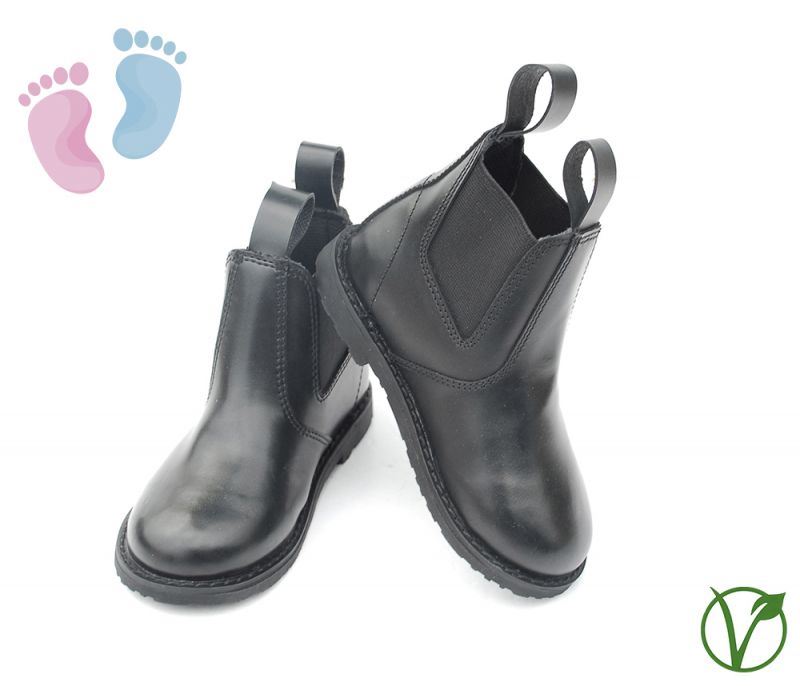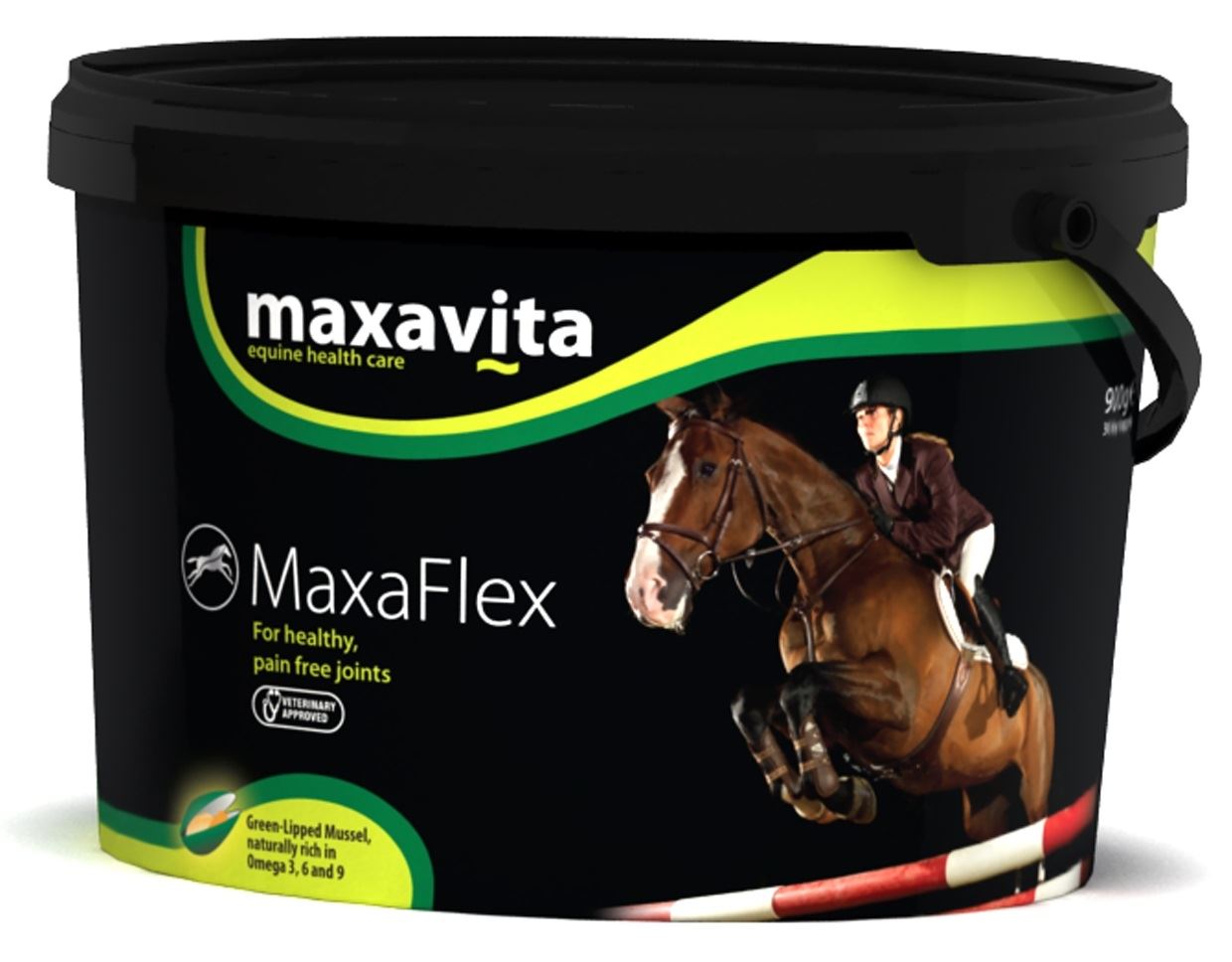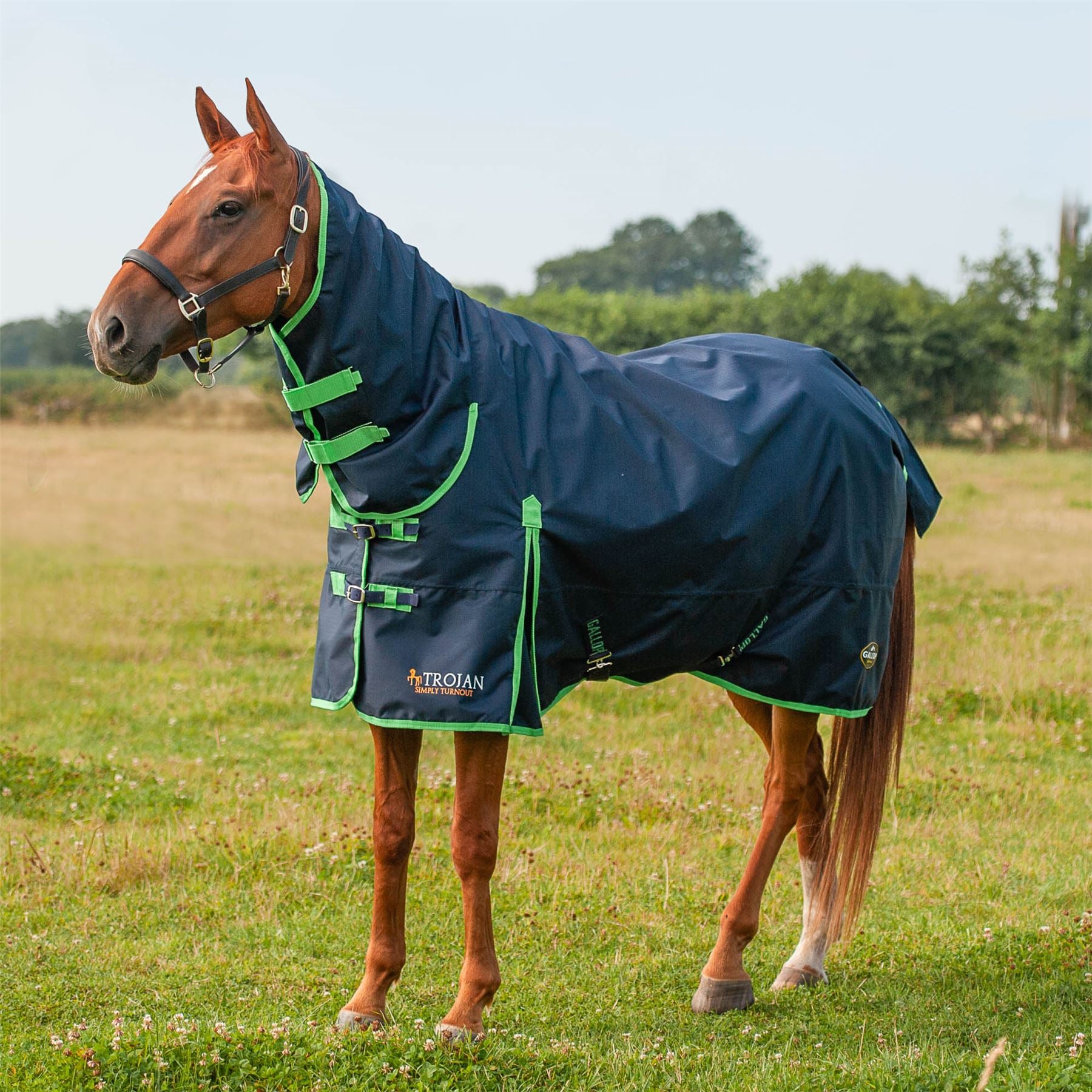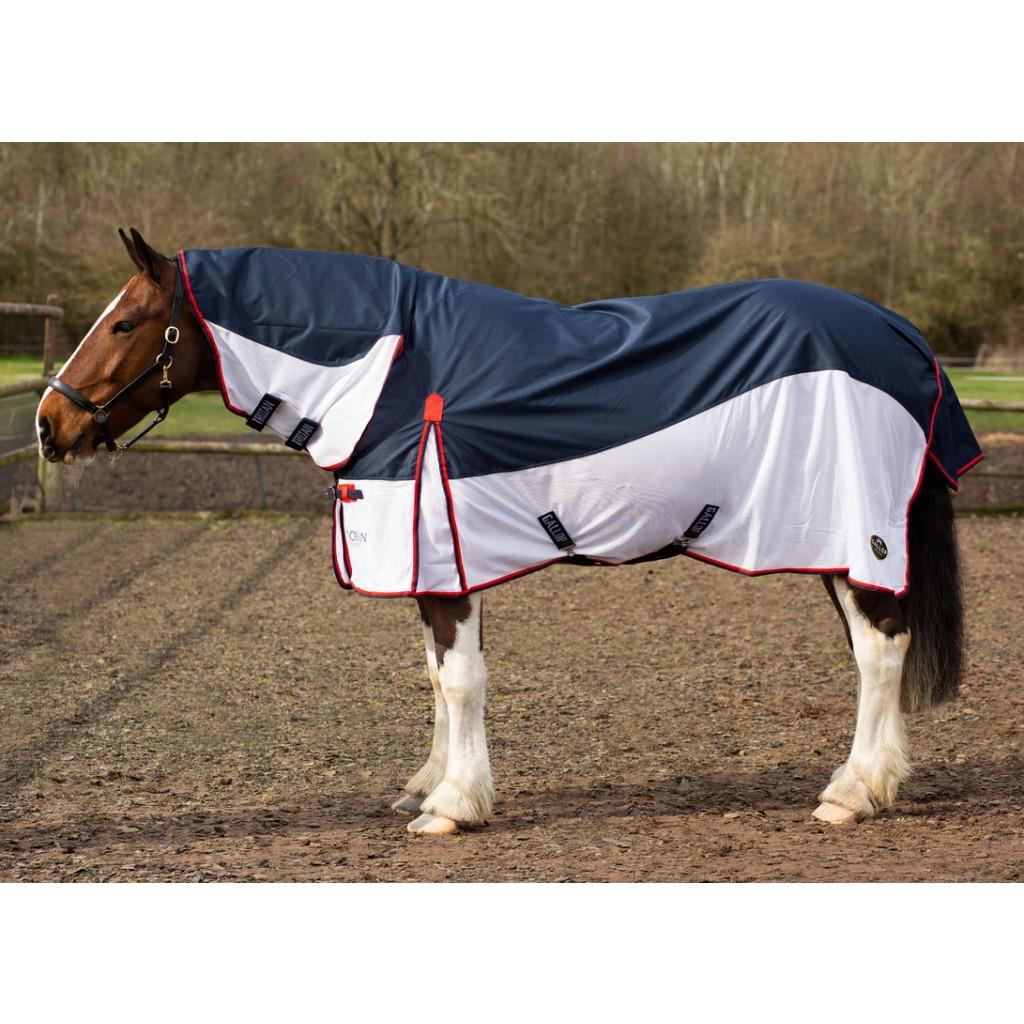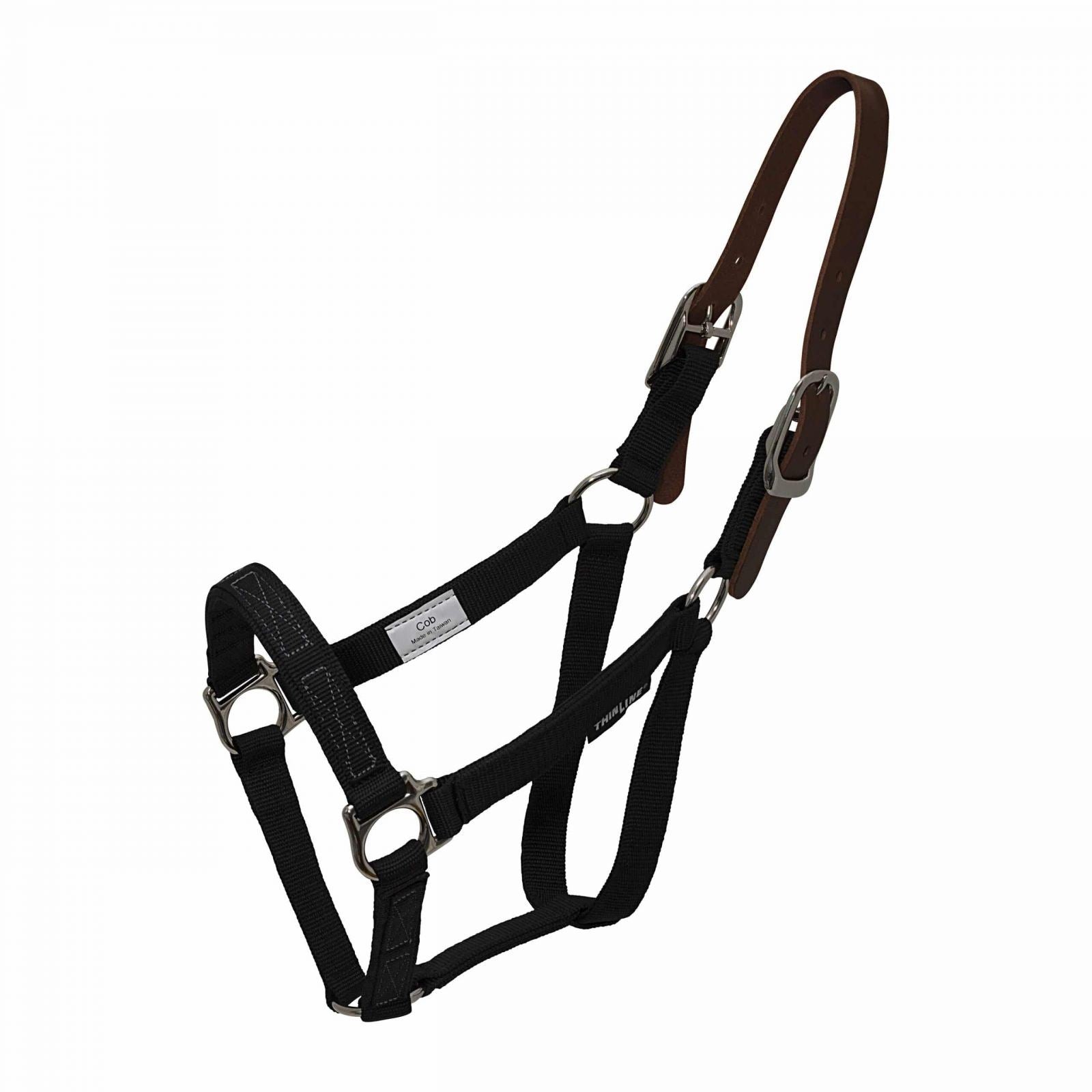The Evolution of Amateur Status in the Equestrian World
In the prestigious realm of equestrian sports, the definition of amateur status can be as elusive as the proverbial wild goose. With new rules sprouting from every horse show, the Royal International Horse Show's (RIHS) latest regulations have ignited a spirited conversation among enthusiasts and competitors. In this article, we delve into the nuances of these changes, their far-reaching impacts, and the intriguing history of defining an amateur rider.
Demystifying the Latest Rule Changes
The Showing Council, alongside notable organizations like the British Piebald & Skewbald Association and the British Show Horse Association, has introduced groundbreaking amendments for amateur participation in RIHS showing classes. These rules strive to clarify and standardize what it means to be an amateur.
- Professional Producers and Amateur Riders: In a significant move, the rules prohibit professional producers from competing with novice horses on behalf of amateur riders. Failure to comply results in the amateur losing their status, ensuring genuine participation rather than merely acting as a front for professionals.
- Relaxation of Restrictions: Activities like racing and managing riding schools, previously considered barriers, are no longer restricted. However, the exception remains for owning or standing a stallion at stud, which can still impact an individual's amateur credentials.
The Ripple Effect on Amateur Participation
This rule overhaul aims to augment accessibility and inclusivity in amateur classes. By relaxing certain restrictions, these changes are set to draw a broader audience into the fold of equestrian competitions, potentially creating a diverse participant pool. However, like a new pair of boots, time and breaking in will truly reveal how well these changes fit the community.
Peering into the Past: Historical Perspectives
Historically, the meaning of "amateur" has danced variably across equestrian societies, each curating its own set of criteria. This patchwork definition has occasionally led to championship titling entanglements, as different bodies vied to establish their version of an "amateur" contestant. The new rules aim to harmonize these definitions, paving a smoother pathway for participants with universal guidelines.
The Strategic Role of Equestrian Councils
Equestrian councils, with the Showing Council being a prime example, undertake the crucial task of molding consistent competitive rules across events. These regulators ensure that the rules are equitable, robust, and foster growth within the sport. Their impact resonates, as these newly minted rules symbolize a larger initiative to adapt to evolving participation trends and needs within equestrian circles.
Impact on Accessibility and Inclusivity
The potential implications of these rules on the sport's overall accessibility and inclusivity are significant. With wider participation horizons, the sport is poised to attract fresh faces and energies. However, it's essential to maintain vigilance over how these changes may impact competitive balance and integrity—not to mention, avoiding a scenario where the wilderness becomes too wild.
Further Exploration: Probing the Depths
For those keen on diving deeper into the waves of this sea change, consider exploring these topics:
- Impact on Amateur Participation: Quantifying the increase and variety in amateur class participants post-rule changes.
- Historical Changes in Amateur Status: A comparative study on how amateur qualifications have ebbed and flowed across societies.
- Cross-Sport Amateur Policies: Investigating how non-equestrian sports define amateur roles and drawing applicable insights.
- The Expanding Role of Equestrian Councils: Delve into how these bodies sculpt rules that govern the sport and their ripple effects.
- Effects on Sport’s Evolution: Long-term assessments of how these changes influence equestrian sports' cultural and competitive landscapes.
Conclusion
As the RIHS embraces this new chapter in defining amateur participation, it marks a crucial crossroads poised to mold the future of equestrian sports. Whether these changes foster a generation of gallant steed partners or lead to further tweaks depends on assiduous observation and adaptive strategy. For those passionate about tuning into the heartbeats of equestrian evolution, the Horse & Hound website offers a trove of insights and updates from the field.
Source: For further details, aspiring readers can visit the British Show Horse Association Rule Book.
